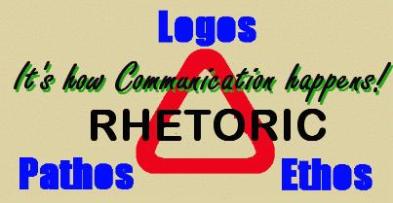
To keep things simple, I decided to go to http://www.doclab.org/category/projects/ to acquire my digital documentary examples. I am sure I could have gone elsewhere to find cites that better suit my topic, but I felt like I couldn’t go wrong looking up some good examples from a link previously given in class.
http://www.wefeelfine.org/wefeelfine_mac.html
For the first analysis, I used the very bottom cite, titled “We feel fine.” The launch page provides a good example of what to expect before the documentary has even been launched. The color scheme is black and pink, which would most likely attract a female crowd. Furthermore, there is a heart on the left with the title, and a supporting sentence on the right stating, “An exploration of human emotion, in six movements” and directly below is the link to the documentary. Overall, this page does a nice job of welcoming the audience in and telling the audience that is about emotions of people, and there will most likely be six categories. The page is spread out well and is informative for being so simple. Once the website is entered, the color scheme continues (which is a good thing so it is not a distraction) and there are, in fact, six categories at the top. Of these categories, they are extremely straight forward. This is a good strategy to use for the audience so they do not get lost in the cite, and they can easily access what they want. Before choosing any of the categories, which are drop down menus, there is madness on the screen of random dots going all over. If a dot is clicked it is possible to see an emotion of somebody. From here, the audience has a bunch of choices, and is a very beneficial approach. The audience can then choose if they want madness or some other style of information, and they can decide how much information or what information they want exactly from the drop down boxes. Overall, the cite is pretty good and not a bad thing to model; however, there are no visuals, the color scheme may be too limited, and the information is slightly too narrow. If I was to base my documentary around this I would definitely change a few things.
http://www.happy-world.com/en/
For the second analysis, I decided to do the “Happy World” one. Overall, this one looks cleaner than the last and is really appealing to the audience. The layout is simple, a maroonish color scheme, video in the middle, info on the bottom, title at top left, and options in top right. This distinct layout allows most audience retrieve all of the information they would want from the cite right there, and if they want something else the links are direct and accessible from the home page. For example, if the audience would want more information on the content, they could click the bonus section, or if they want the authors information, they could click on the about section. Furthermore, if the audience does ever venture off, the most useful feature is the title. The title allows for immediate homepage link from anywhere, this prevents the viewers from accidentally getting lost. Typically speaking, I would not mind basing my project off of this one. It is very clean, eye catching, and interesting with the fonts and characters. The creator of this documentary did a very nice job.
http://www.nationalparksproject.ca/#
For the third and final analysis, I decided to look at the “National Parks Project”. Compared to the other two I have analyzed this one is way more colorful and complex. When I say complex, it is almost TOO much. This website loads up with a quote about the parks and continues this trend when anything loads. Overall this is a good idea and is a good way too keep the audiences attention even when information is not meant to be on the screen. After the loading screen, there is a menu at the top that you must move all the way to the top to pull down. From there you can then click a category to get deeper. This is a good idea and a bad idea. It is a good idea because it essentially hides the categories when the audience does not want to focus on it; however, it is distracting and not as easy to navigate when navigation is desired. At that point, the most popular of the categories will be the exploring the parks. The users must click on the category, and then a compass appears on the screen and the audience must scroll over to find the part they want. While this may look cool, it is a pain to navigate. It is not direct, words are upside down and it is a pain. This pattern follows with the rest of the categories and it is not an effective method to choose. With that being said, the background of the documentary is always a video of the parks. To me, this is a very good way to display the parks. Visuals stimulate the audience and could really draw them in. As a whole, this documentary is good but there is too much too it. Complicating things is not always the best strategy.
In conclusion, the first one was not complex enough and the third was too complex. When making my project I would try to focus somewhere between the second and third ones. By doing this the audiences will be drawn in with enough visuals, while maintaining a simplistic design that is easy to navigate. After analyzing these I am anxious to see what I will be able to come up with in the coming weeks.












